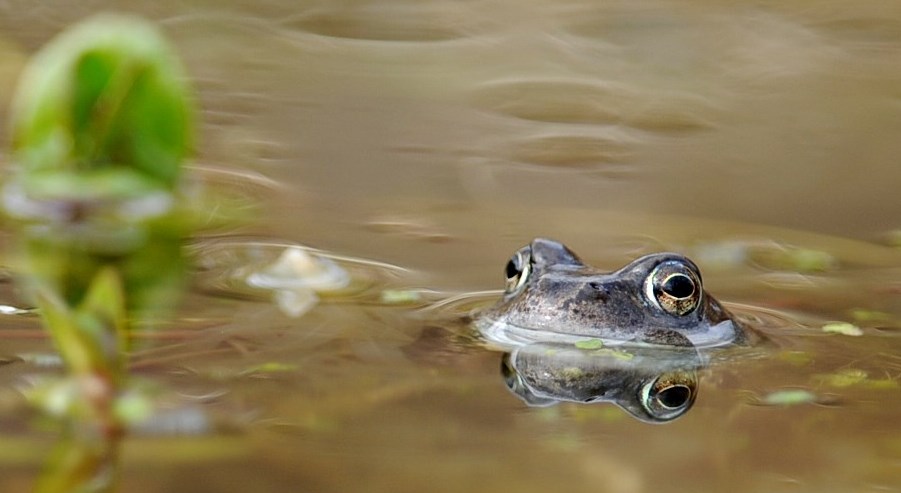I left a portable recorder with a built in microphone and a 4gb memory card outside in the garden for the evening. The batteries went flat after about 4 hours but not before a 2gb sound file had been recorded. The file covered the period between 17:20 - 21:00 and using a freely available software program called Audacity I reviewed the file. Audacity can display the spectrogram of the file which shows a picture of the sound by graphing sound frequency against time.
The picture below shows the call of a migrating Redwing flying over the house. The red pattern at the bottom is low frequency background noise. The Redwing call is the down-sloping red line between 8 and 6 khz. (I used another freely available program called Raven Lite available from Cornell Labs to print the spectorgram)
 |
| Redwing spectrogram recorded 25th October, Mellor, Lancashire |
This is my first ever attempt at recording night migrating birds and my equipment and techniques will need some tweaking to improve the quality of the recordings, but i am more than happy with the first night's results. Ultimately I'd like some way of automatically processing the large files to pinpoint the high-frequency sounds for further investigation. Some programs have been developed to automatically identify certain American birds, so it would be interesting to see what's available for European migrants.

